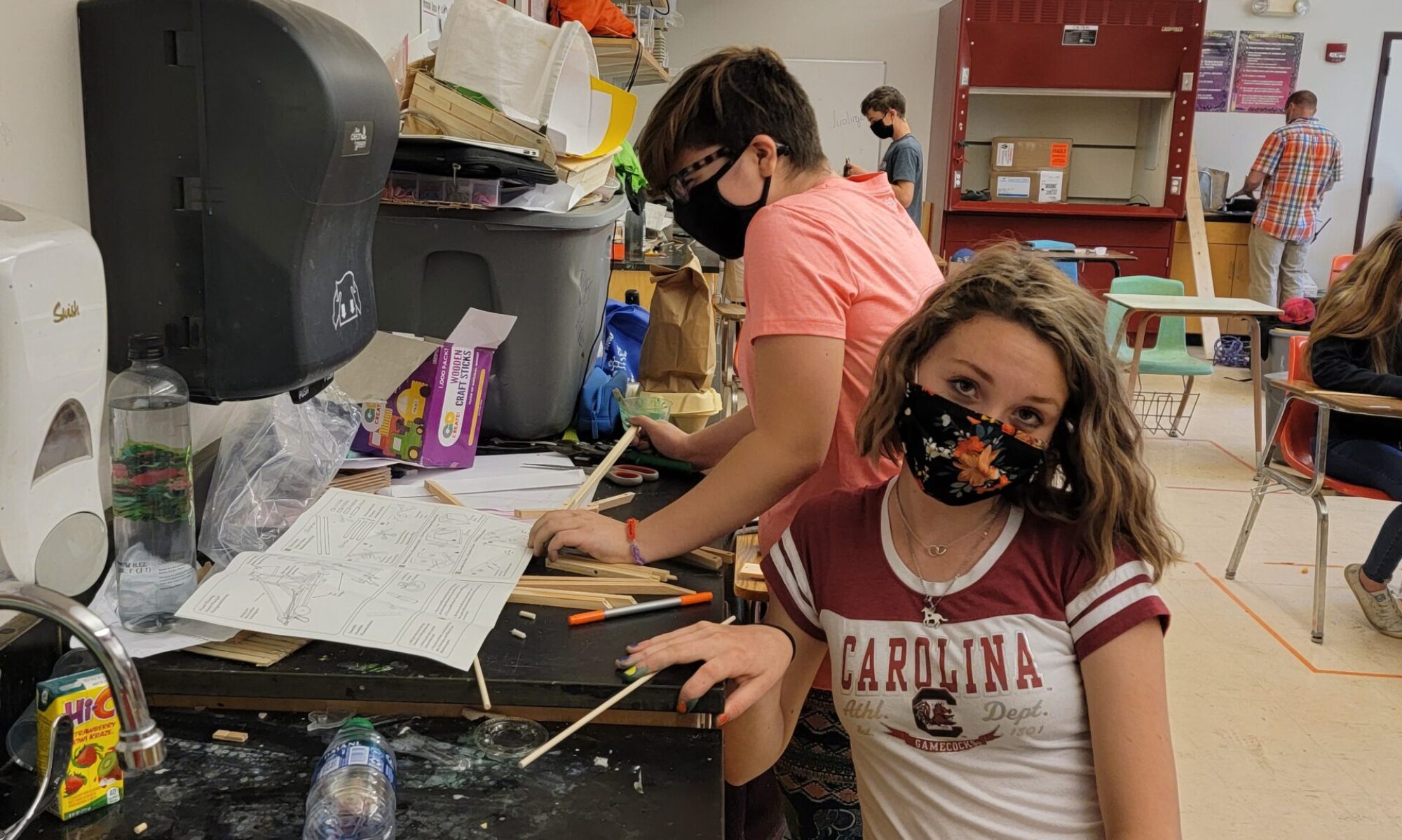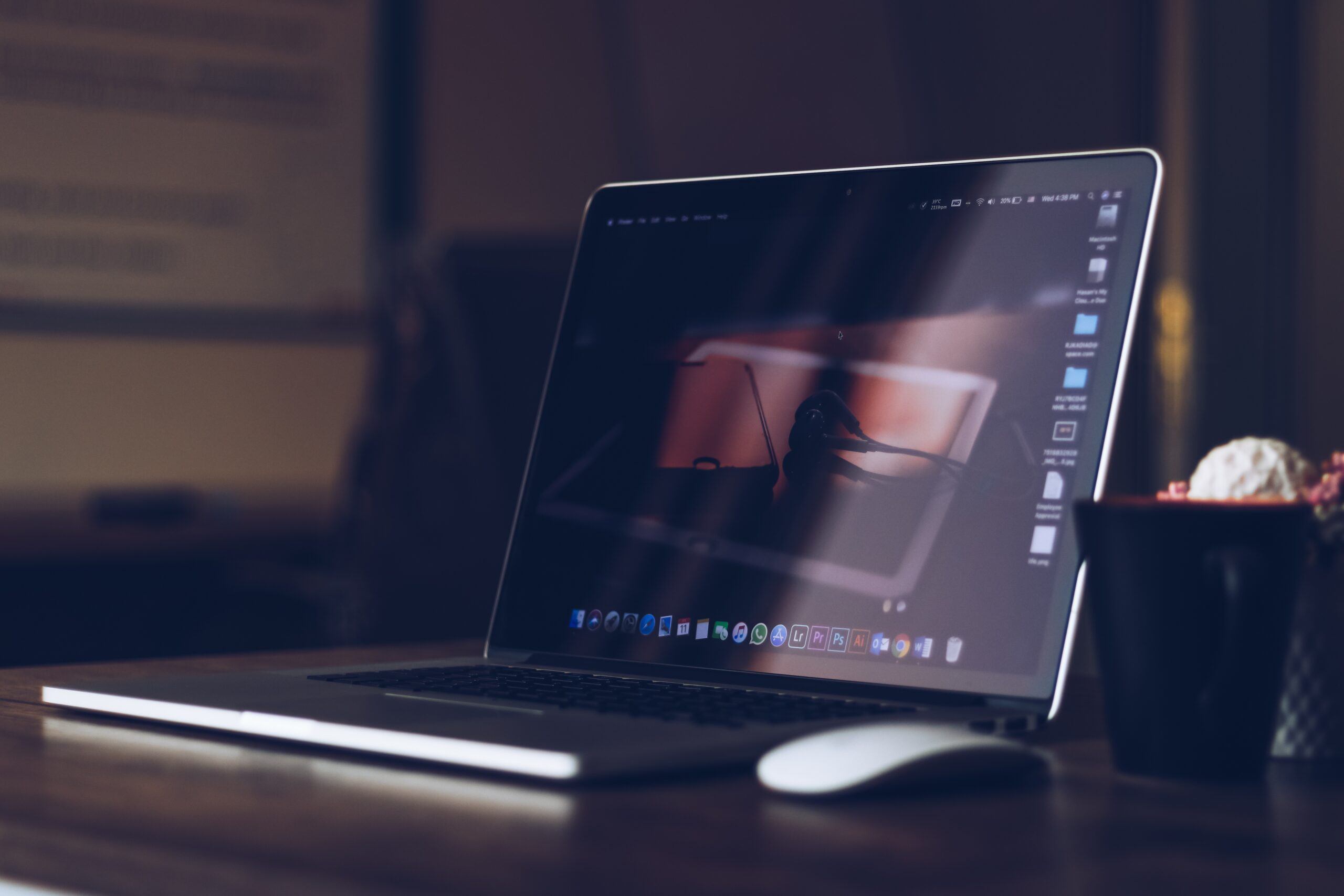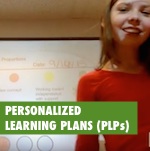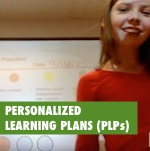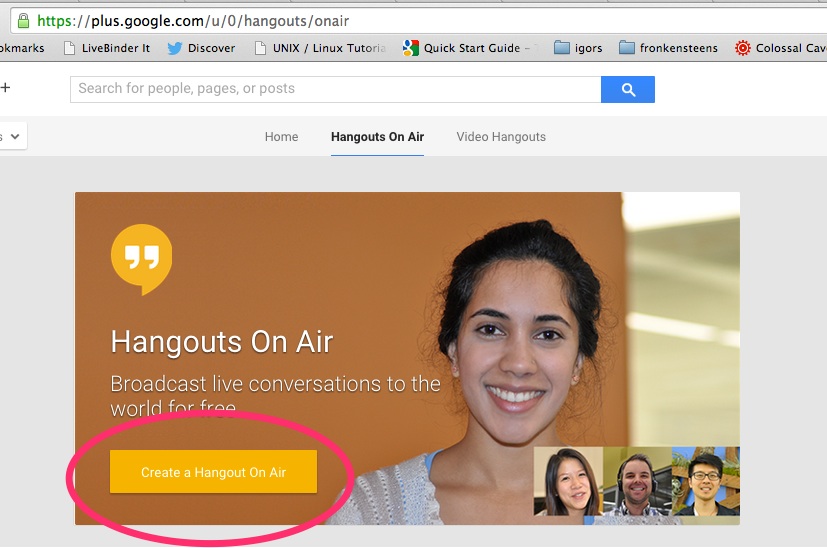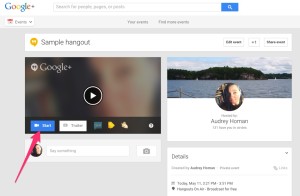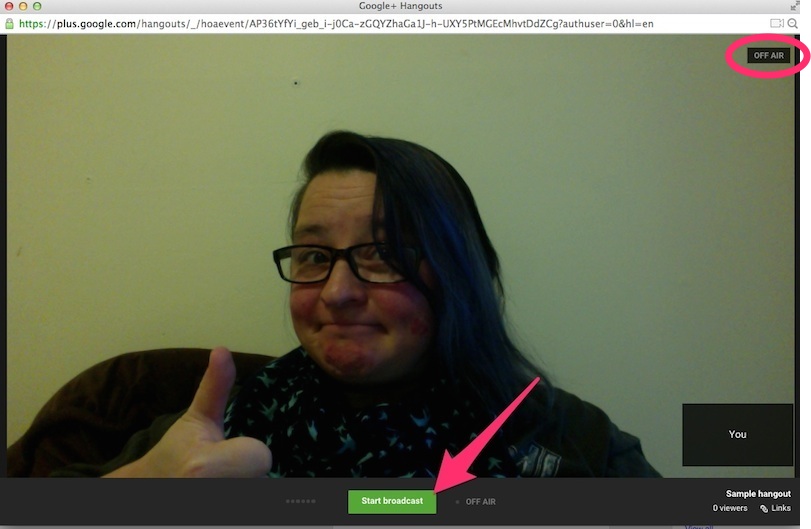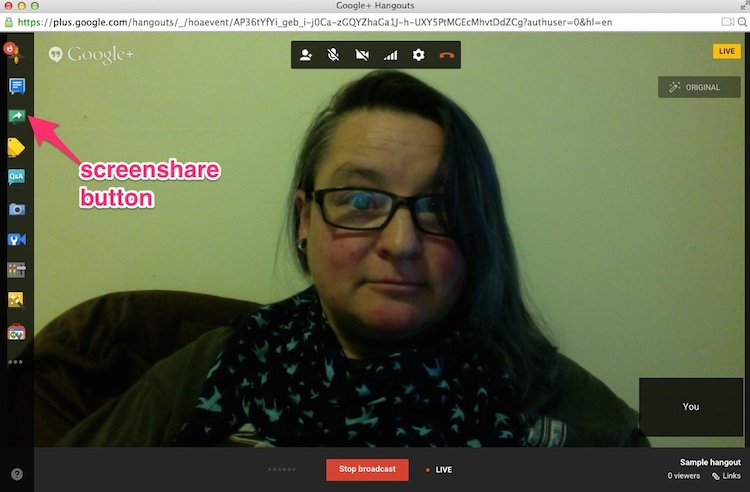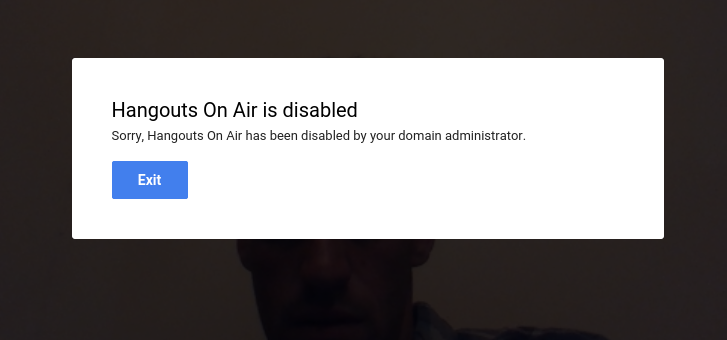We had been preparing for spring student led conferences for months. Feedback had been reviewed. Plans had been coordinated. Schedules were created. And now? Poof. Everything changed. One option is switching to online student led conferences.
Okay. Deep breath.
Change of plans.
We got this!
At some schools, this means a pivot to distance conferencing for this week. There are several ways to do this and still put students at the center.
The Google Hangout Conference
Tried and true, Google Hangouts are probably the easiest way to do online student-led conferences. Assuming you have a gmail account and domain, which most schools do. Here’s how it would go. You can use the calendar feature, or call someone directly.
- Calendar appointment:
You can reach out to families with a conference time via email. Once that time is agreed upon, set up a calendar event in Google calendars. Here is how to do that.
Then, invite the family to the conference using their email address. When it says “send invitation” say yes. And the family will be notified of the calendar event. See this link for more specific information on how to do this.
Directly.
- Directly through email:
In Gmail, you can open up the chat feature, and type in the family’s email address and send them a message. Something like, “Hello! I am hoping to set up an online conference with you. I would like to use Google Hangouts for this. Please accept an upcoming invitation to Google Hangouts, and thank you so much! Looking forward to talking with you.” If they haven’t used Google Hangouts before, it will send them an invitation, which they can accept, then you can video call them at an agreed upon time.
Conference via Zoom
Zoom is an online video conferencing tool that’s a lot like Google Hangouts: you can have a speaker present and screen share while seeing all the other participants.
FYI – Zoom has offered free conferencing during this time of social distancing. Zoom is a low-entry tool that requires you download their software and create an account in order to *host* meetings. To join a Zoom meeting, however, all you need is the virtual location of the “room”. Getting up and running hosting Zoom meetings is relatively straightforward.
Structuring your online student-led-conference
The online conference structure can be what you had planned for to begin with! *But before that*
These are difficult times. Check in with the family. See how they are doing, what might they need. Point them to helpful local resources. And resources to help them stay healthy, and if they are sick. Offer up connection, empathy and support.
Have the student and parent/guardian sit closely together. If there is only one computer, the student can reduce the Hangout screen to take up half of the screen, and their reflections or portfolio to take up half of the screen. If there are two computers to use for this at home, one can be connected to the hangout, and the other can be used to have the student share their work and reflections.
Need a new structure? Try this one:
Possible outline:
- Welcome! How are you? This is so hard! What do you need?
- Student presents work.
- Family asks questions.
- Teacher asks questions or makes comments.
- Celebrate student progress
- Ponder next learning steps together.
- Close with gratitude for everyone.
Useful tips & tricks
- Mute your microphone when you are not talking.
- You can share your screen at any time. If you (the teacher) wants to show an assessment, or anything, see the three dots in the right hand corner. Click share screen. (Note: make sure you really want to share your screen! Your entire screen will be shared. You can reduce that recipe or playlist if you want). You can hit “stop sharing screen” at any time to return to the live Hangout camera.
Bandwidth an issue? Keep it analog.
Schedule a group phone call.
If using a cell phone, the family can put it on speaker and sit together. If the student has a device, they can still share verbally about their work, and show the parent in real time. You could use the above format, but via phone on speaker.
If the student doesn’t have a device home, they can still offer up a powerful reflection that is more than a regular parent-student couch chat. They can reflect on questions like:
- What are you most proud of from this semester/trimester and why?
- Where do you think you’ve shown the most growth?
- What is a goal for the next semester, where do you think you should focus on next?
- Are there any transferable skill going well for you (and please share and example)
- What transferable skill do you want to focus on improving?
- How can your family and teachers better support you?
You might only get to some of these! And leave some time for family and teacher questions. You might also have the student jump off the call (or Hangout) to talk privately with the family member. And that is okay! Use your judgment to figure out what is right for the situation.
Okay. We are pivoting. We are doing *hard things*. What are your questions about this? How can we help support you with this shift?
